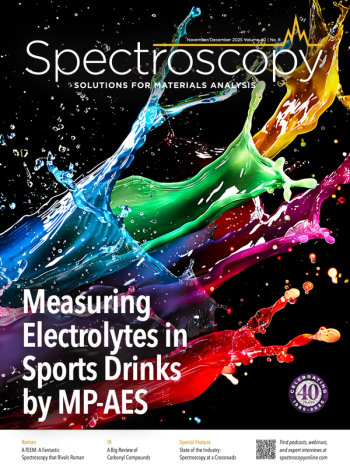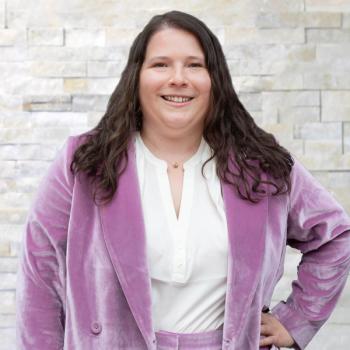
Using Mid-Infrared Spectroscopy and Machine Learning to Assess Malaria Vectors
A recent study shows how the combination of mid-infrared (mid-IR) spectroscopy and machine learning can rapidly assess blood-feeding histories of mosquitos. We highlight this recent study here.
Malaria vector surveillance is important for scientists to investigate because mosquitos are the organism that results in the most human fatalities. A recent study, published in Malaria Journal, explores how mid-infrared (mid-IR) in combination with machine learning can help in this field by rapidly assessing the blood-feeding histories of mosquitos (1).
Anopheles mosquitoes are a genus of mosquitoes known for their role as the primary vectors of malaria, a disease that affects millions of people worldwide. They cause 620,000 deaths and approximately 250 million cases annually (2). These mosquitoes are found in tropical and subtropical regions, with about 460 recognized species, of which approximately 30-40 can transmit malaria. Anopheles mosquitoes are unique among mosquitoes because they are most active at dawn and dusk and have distinctive resting positions where their bodies are angled in relation to the surface (3). Female Anopheles mosquitoes require a blood meal to develop their eggs, and in doing so, they can transfer the malaria-causing Plasmodium parasites to humans (3). Control and prevention of malaria heavily rely on managing Anopheles populations through methods like insecticide-treated nets, indoor residual spraying, and environmental management to reduce breeding sites (3). Despite significant advancements in controlling malaria, Anopheles mosquitoes continue to be a major public health challenge because of their adaptability and resistance to insecticides.
Researchers from the Ifakara Health Institute and the University of Glasgow explored this issue that affects many parts of Africa, especially in countries with marshlands such as Ethiopia (3). Led by Emmanuel P. Mwanga, the team demonstrated the first field application of mid-IR spectroscopy combined with machine learning to rapidly assess the blood-feeding histories of malaria vectors (1). This approach offers a better-performing alternative to traditional methods that are often time-consuming, costly, and prone to inaccuracies (1).
Mwanga and the team focused their study on Anopheles mosquitoes, particularly Anopheles funestus, which are known for their preference for human blood. The human blood index (HBI) is a key metric in this context, yet existing techniques for identifying mosquito blood meals, such as polymerase chain reaction (PCR) assays, face several challenges. These include the high costs of reagents and the potential for cross-reactivity with other antigens or partially digested blood meals in the mosquito gut (1).
For their study, the research team collected 1,854 female A. funestus mosquitoes from rural Tanzania. These mosquitoes were then desiccated and scanned using an attenuated total reflectance Fourier transform infrared (ATR-FT-IR) spectrometer. The blood meals of these mosquitoes were confirmed via PCR, providing the data needed for training machine learning algorithms (1).
The team employed logistic regression and multi-layer perceptron classifiers to identify the blood meal sources, achieving impressive accuracies of 88% to 90% (1). These results were directly compared to the PCR-based standard HBI, demonstrating the effectiveness of mid-IR and machine learning in classifying blood meals in wild A. funestus mosquitoes (1).
This new technique holds significant potential as a complementary tool for malaria vector surveillance, particularly in settings where conventional molecular techniques are impractical. However, the research team emphasized in their study that there are minor gaps in HBI estimation (1).
As malaria continues to pose a significant public health challenge, particularly in sub-Saharan Africa, potential solutions like combining mid-IR spectroscopy with machine learning are important (1). The ability to rapidly and accurately assess the blood-feeding histories of malaria vectors will enhance the ability of health officials to monitor and respond to transmission risks more effectively.
This study represents a significant step forward in the fight against malaria. With continued development and refinement, mid-IR spectroscopy combined with machine learning offer an improved method for malaria surveillance, ultimately contributing to the reduction of malaria transmission and improving public health outcomes in affected regions.
References
(1) Mwanga, E. P.; Mchola, I. S.; Makala, F. E.; et al. Rapid Assessment of the Blood-Feeding Histories of Wild-Caught Malaria Mosquitoes Using Mid-Infrared Spectroscopy and Machine Learning. Malaria J. 2024, 23, 86. DOI:
(2) WHO, World Malaria Report. Geneva: World Health Organization; 2022.
(3) Assa, A.; Eligo, N.; Massebo, F. Anopheles Mosquito Diversity, Entomological Indicators of Malaria Transmission and Challenges of Morphological Identification in Southwestern Ethiopia. Trop. Med. Health 2023, 51, 38. DOI:
Newsletter
Get essential updates on the latest spectroscopy technologies, regulatory standards, and best practices—subscribe today to Spectroscopy.



